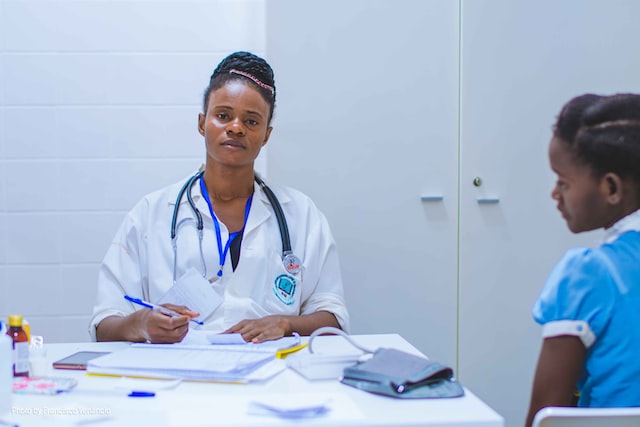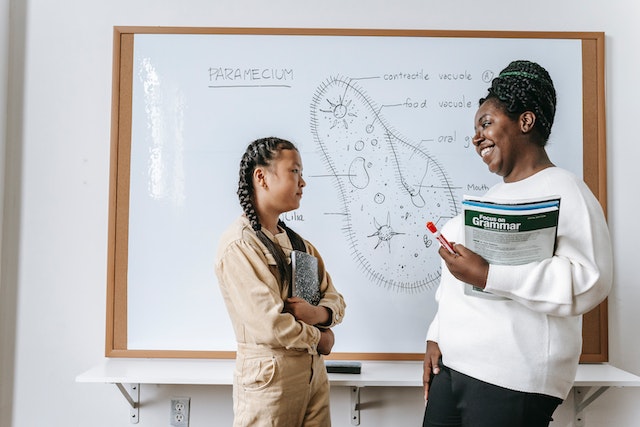MEANING
To create the Past Perfect Continuous Tense, we make use of two auxiliary verbs along with the primary verb. In this concept, let us look at the Present Perfect Continuous Tenses’ structure and its use along with the words like ‘for’ and ‘since’ which will be followed by a simple quiz to check your understanding.
STRUCTURE
The Subject with the auxiliary ‘have’ and auxiliary ‘be’ along with the primary verb.
- The first auxiliary verb created in the Present Simple Tense is ‘have’.
- The second auxiliary ‘be’ is not variable in the form of past participle.
- The primary verb is not variable in the form of present participle.
- In the case of negative sentence, we add ‘not’ after the auxiliary verb.
- In the case of question sentences, the first auxiliary Verbs and the subject are exchanged.
EXAMPLES OF THE PRESENT PERFECT CONTINUOUS TENSE:
| subject | Auxiliary verb | Auxiliary verb | Main verb | |||
| For positive sentence | I | Have | been | reading | All night long. | |
| You | Have | been | playing | Too much. | ||
| For negative sentence | It | Has | not | been | good. | |
| We | Have | not | been | aware | About it. | |
| For question sentence | Have | You | been | watching | her? | |
| Have | They | been | finishing | Their work? |
When we use the Present Perfect Continuous tense while speaking, there are times when we combine the subject and the first auxiliary verb, which can also be done in informal writing. Such as:
| ‘He has been’ will become He’s been |
| ‘She has been’ will become She’s been |
| ‘They have been’ will become They’ve been |
Let us look at some more examples:
- She’s been reading.
- Matt’s been playing all day.
In the case of positive sentences, we can merge the first auxiliary verb along with the word ‘not’,
- It hasn’t been raining.
- I haven’t been reading for days.
WHY IS IT CALLED PRESENT PERFECT CONTINUOUS TENSE?
We call it the Present Perfect Continuous Tense it is connected with the present time.
For example:
- I’m tired because I’ve been playing.
In this example, the action (playing) is recent and for which the result (tired) is seen now.
- You don’t understand because you haven’t been studying.
Let us take a look at ‘for’ and ‘since’ with the Present Perfect Continuous tense.
For example,
- I have been listening for a period of one hour.
- He has been ill since Friday.
- She has been cranky since the beginning of time.
Remember that we can use the word ‘for’ with all tenses and ‘since’ is used only with Perfect tenses.
Quiz on Present Perfect Continuous Tense














